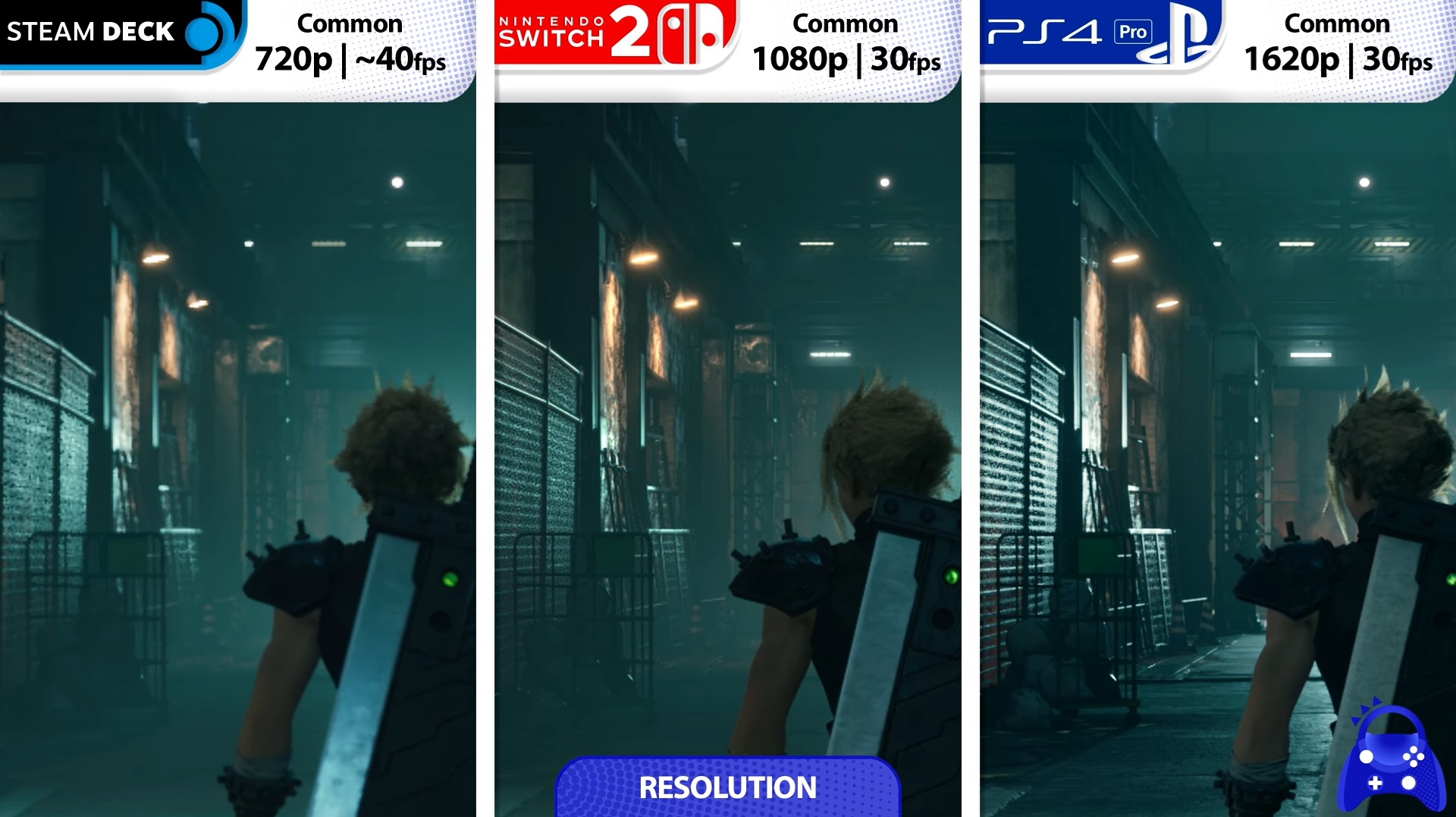Nintendo Patents Innovative Passive Walking Device: Potential Implications for Future Hardware
Nintendo, a company renowned for its inventive approach to gaming hardware and peripherals, has once again demonstrated its forward-thinking mindset with a newly published patent.
First brought to public attention by a Resetera.com user, the patent details a 'passive walking device' and was originally filed by Nintendo on May 19, 2017.
The official publication date for the patent was December 14, 2017, adding a new entry to Nintendo’s long list of mechanical inventions. The patent describes a mechanical apparatus designed to simulate a walking motion, featuring components such as a hip section, two articulated legs, and a sophisticated crank mechanism.
The core of the device operates through coordinated movement; as one leg moves from front to back upon contact with a walking surface, the internal crank system ensures the opposite leg cycles from back to front.
This creates a continuous walking motion without the aid of electronic motors — a concept that has drawn interest for its potential simplicity and mechanical ingenuity. According to the patent’s abstract, the system consists of a hip section, first and second legs, and a crank mechanism built from interlocking crank parts, a crank shaft, and connecting sections.
When the first leg touches and moves along the surface, gears within the device transmit this movement to rotate the corresponding crank parts and cycle the second leg forward.
The intricate crank arrangement mirrors natural bipedal motion, leveraging mechanical energy from user interaction rather than relying on battery power. While Nintendo has not commented on whether this specific passive walking device will appear in upcoming products or future Nintendo Switch accessories, the detailed nature of the filing and elaborate technical drawings underscore the company’s persistent investment in innovative physical gameplay experiences.
Notably, Nintendo's history includes successful hardware peripherals, such as the Labo series and Ring Fit Adventure, which combined physical activity with interactive software. This latest patent stands out for its mechanical focus, eschewing sensors or robotics in favor of pure engineering.
The design reflects Nintendo’s continuous exploration of unique hardware concepts, which in the past have often paved the way for new methods of player engagement within the Nintendo Switch ecosystem and beyond. As with many Nintendo patents, the existence of a filing does not guarantee a commercial product, but it does highlight the company’s leadership in creative game-inspired technology.
Industry observers will be watching closely to see if this passive walking device finds its way into a new video game experience or becomes another imaginative entry in Nintendo’s long history of inventive patents. For the time being, the passive walking device patent further cements Nintendo’s reputation for hardware experimentation and points toward ongoing development behind the scenes at the Kyoto-based gaming giant.
First brought to public attention by a Resetera.com user, the patent details a 'passive walking device' and was originally filed by Nintendo on May 19, 2017.
The official publication date for the patent was December 14, 2017, adding a new entry to Nintendo’s long list of mechanical inventions. The patent describes a mechanical apparatus designed to simulate a walking motion, featuring components such as a hip section, two articulated legs, and a sophisticated crank mechanism.
The core of the device operates through coordinated movement; as one leg moves from front to back upon contact with a walking surface, the internal crank system ensures the opposite leg cycles from back to front.
This creates a continuous walking motion without the aid of electronic motors — a concept that has drawn interest for its potential simplicity and mechanical ingenuity. According to the patent’s abstract, the system consists of a hip section, first and second legs, and a crank mechanism built from interlocking crank parts, a crank shaft, and connecting sections.
When the first leg touches and moves along the surface, gears within the device transmit this movement to rotate the corresponding crank parts and cycle the second leg forward.
The intricate crank arrangement mirrors natural bipedal motion, leveraging mechanical energy from user interaction rather than relying on battery power. While Nintendo has not commented on whether this specific passive walking device will appear in upcoming products or future Nintendo Switch accessories, the detailed nature of the filing and elaborate technical drawings underscore the company’s persistent investment in innovative physical gameplay experiences.
Notably, Nintendo's history includes successful hardware peripherals, such as the Labo series and Ring Fit Adventure, which combined physical activity with interactive software. This latest patent stands out for its mechanical focus, eschewing sensors or robotics in favor of pure engineering.
The design reflects Nintendo’s continuous exploration of unique hardware concepts, which in the past have often paved the way for new methods of player engagement within the Nintendo Switch ecosystem and beyond. As with many Nintendo patents, the existence of a filing does not guarantee a commercial product, but it does highlight the company’s leadership in creative game-inspired technology.
Industry observers will be watching closely to see if this passive walking device finds its way into a new video game experience or becomes another imaginative entry in Nintendo’s long history of inventive patents. For the time being, the passive walking device patent further cements Nintendo’s reputation for hardware experimentation and points toward ongoing development behind the scenes at the Kyoto-based gaming giant.




